Lipstick Facts- 20 Intriguing Facts About Lipstick That Will Stun You

From matte brown liquid lips to barely-there tinted balms, people go wild over lipstick. It has been worn in every continent for more than 5,000 years, and in modern times, these colorful tints have exploded in popularity. People wear classic nude in the workplace, a vivid red lip on dates, and experiment with crazy colors like purple and blue at raves and festivals. There’s something for every occasion! How much do you actually know about this popular cosmetic? Check out these 20 lipstick facts and see for yourself!
What is your favorite lipstick shade? Let us know on Facebook, and make sure to SHARE this with your beauty-obsessed friends!
Editor’s Note: This was originally published on June 12, 2017.
Spine Media has an affiliate partnership with SSC Digital and Yves Rocher. If you purchase through one of Yves Rocher links on our site, we may get a portion of the revenue.
Popularity
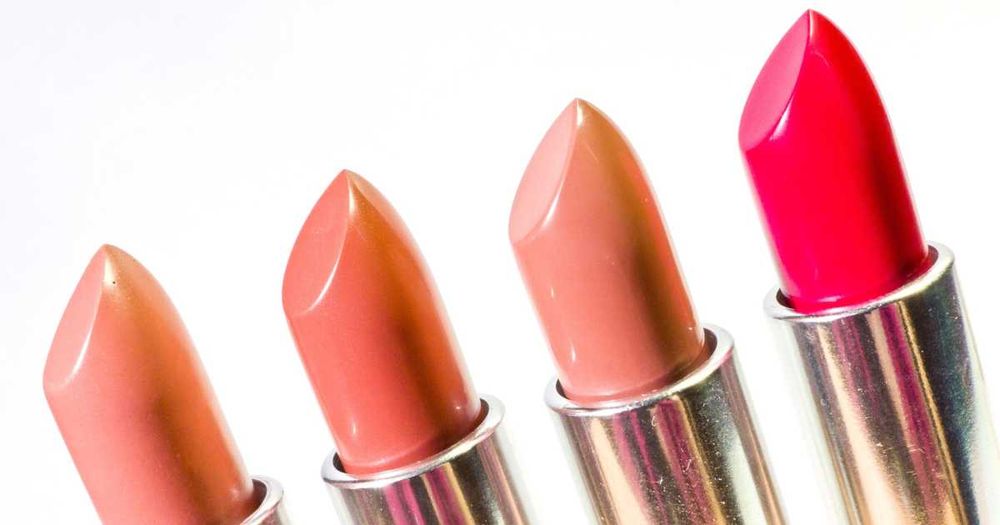
Just how popular is lipstick? Apparently, 80 percent of American women wear it frequently, and 25 percent won’t step outside without a coat of their warpaint on. If that sounds like a lot of lipstick, you’re right! According to a 2010 poll, over 40 percent of women owned 20 tubes or more. In fact, the average woman will spend almost $2,000 on lipstick in her lifetime. She may end up using up to nine pounds of this cosmetic, and accidentally consuming up to four pounds of it.
Historical Trends

What were some historical trends in lipstick? There was a long period of time when lipstick (and, in fact, all makeup) was frowned upon by the Church. However, it had surges in popularity at certain points in history. For instance, everyone in the 18th century French Court wore heavy makeup, including red lips and cheeks. Additionally, their famously white faces were achieved with a heavy coat of foundation. This was meant to protect them from the sun and disguise scarring from smallpox, which ran rampant and struck everyone, wealthy or poor.
Kiss of Death

Have you ever seen an on-screen black widow sidle up to a man and lay the ‘kiss of death’ on him? That perfect red pout is a warning sign of trouble to come. However, thousands of years ago, the ‘kiss of death’ was a very real phenomenon. Ancient lipsticks were often made of brightly colored but irritating or downright toxic substances. During the time of the Roman Empire, the ruling class would blend mercury into their lipsticks. This may explain some of the physical and mental health issues they suffered.
Queen Elizabeth I

Many Queens throughout history are famous for their elaborate beauty regiments. Queen Elizabeth I was known as a stern, uncompromising leader, but she did express a softer side through lushly designed gowns and impeccable makeup. Did you know that she’s credited for the invention of the lipstick pencil? Supposedly, this was made by mixing dye with plaster of Paris and rolling it into a tube. Once dried, the color could be rubbed on the lips.
Magical Properties?
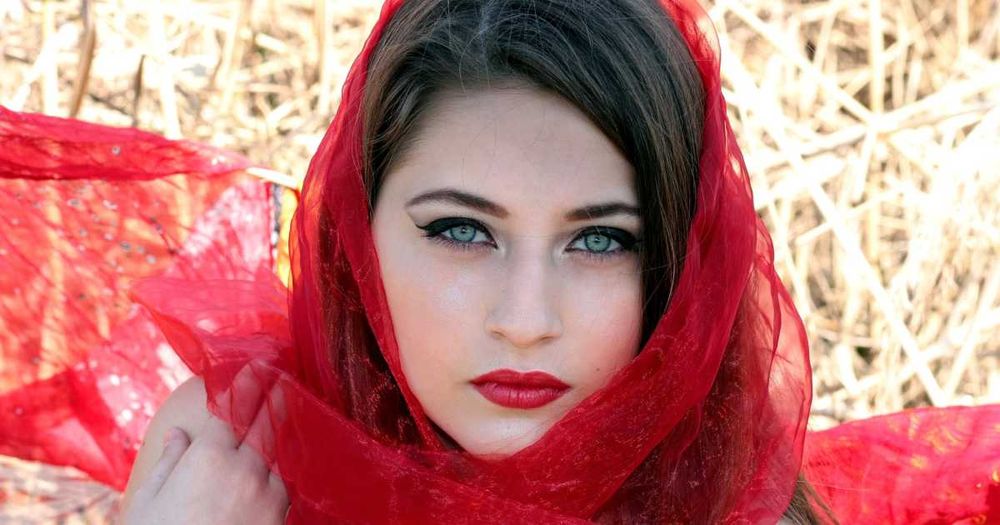
Queen Elizabeth I was such a fan of lipstick that she requested it be applied on her deathbed. This wasn’t so that she would look good when going up to heaven; she believed that lipstick had actual healing powers. At the time of her death, she was estimated to have about half an inch of lipstick on her lips. Before her time, in the Dark Ages, England passed a law “declaring the use of makeup to deceive an Englishman into marriage punishable as witchcraft.” (Is that the ancient equivalent of “take her swimming on the first date?”)
Storing Lipstick
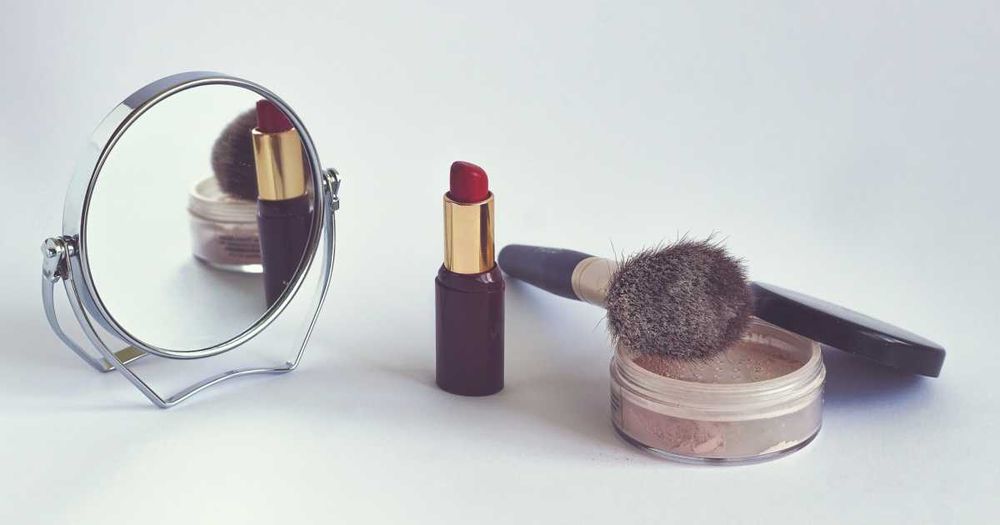
The way lipstick has been stored and used has changed throughout the ages. In ancient societies, it was kept in tiny ceramic pots and applied with carved stone spatulas, the fingertips, or brushes. The current bullet style lipstick was patented in 1915 and featured a metal case and swivel tube that would be familiar to modern users. Before then, lipsticks were sold almost exclusively in little jars, or as powders that could be mixed into a paste at home. Nowadays, there are many different applicators available. Walk into any drugstore and you’ll see retractable bullet styles, tubes with a soft doe-foot applicators, squeezable tubes, broad sharpenable pencils, and potted pigments that can be used for lips, eyes, and cheeks.
Queen Cleopatra
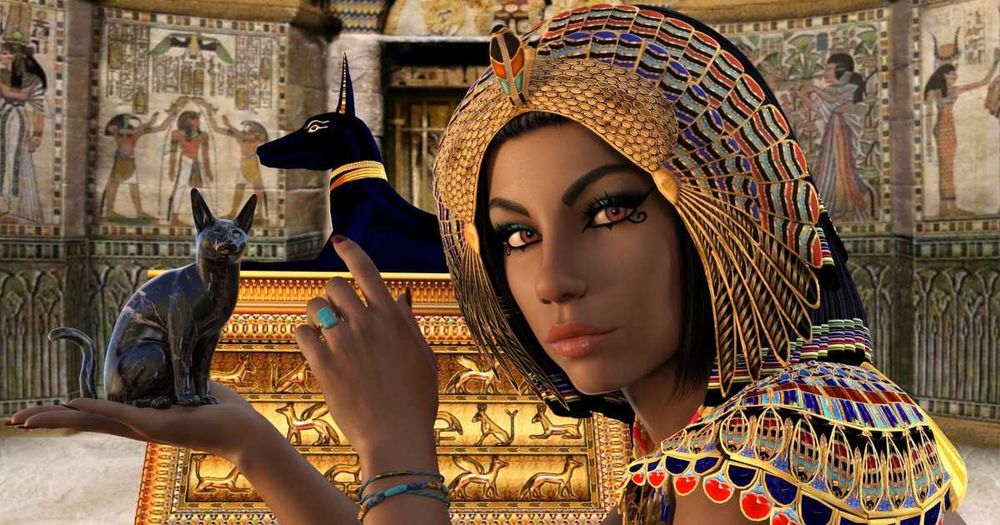
Queen Cleopatra, one of the most influential women in history, was apparently a fan of lipstick. She regularly rocked a bold red power lip as she used a combination of seduction and threats to navigate the politics of the ancient world. Want to recreate her iconic look? Reach for modern makeup; the formulations from ancient Egypt included ingredients like crushed beetles, lead, and crocodile dung!
Lipstick Armor
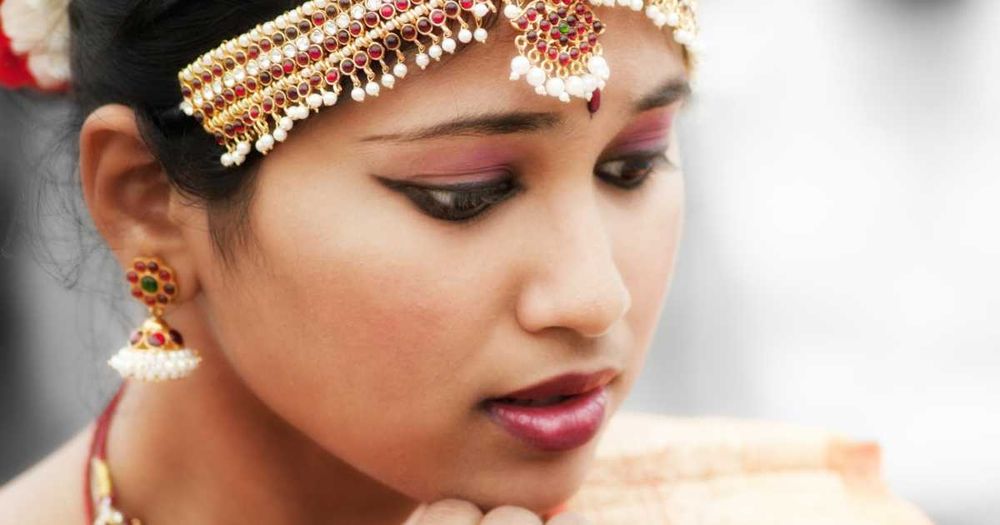
Cleopatra was also ahead of her time when it came to skin care. She would bathe in milk to soften her skin and even wear sunscreen. The harsh rays of the Egyptian sun wouldn’t touch this beauty’s face when she was wearing a paste of chalk and olive oil. In fact, her use of lipstick was likely protective as well- Its conception is theorized to have come from dry climates like hers, where lipsticks were used to protect the sensitive skin from heat and wind.
Beauty Is Pain?
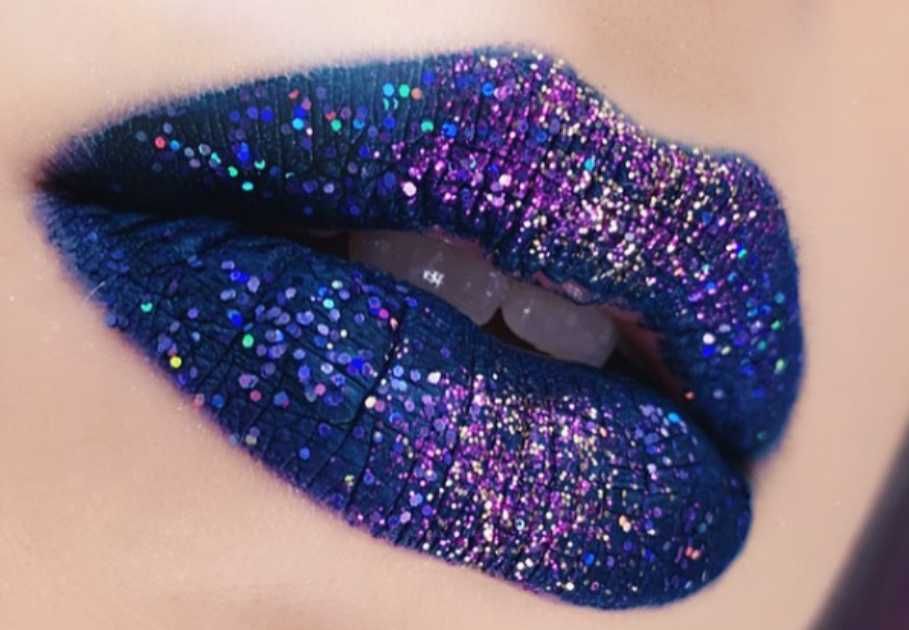
Lipstick hasn’t always been a breeze to wear. In Mesopotamia, well-off ladies painted their lips with crushed gemstones. This was beautiful to look at, but no doubt unpleasant to wear. In ancient Egypt, crushed beetles and fish scales were used. (It actually may surprise you to learn that fish scales are still a common ingredient in many glossier shades!) Today, unusual and seemingly uncomfortable lip trends are still all the rage. One noted example from a little while ago was “sprinkle lips,” where Instagrammers decorated their lips with colorful, hard sprinkles found on ice cream.
Modern Age of Lipstick
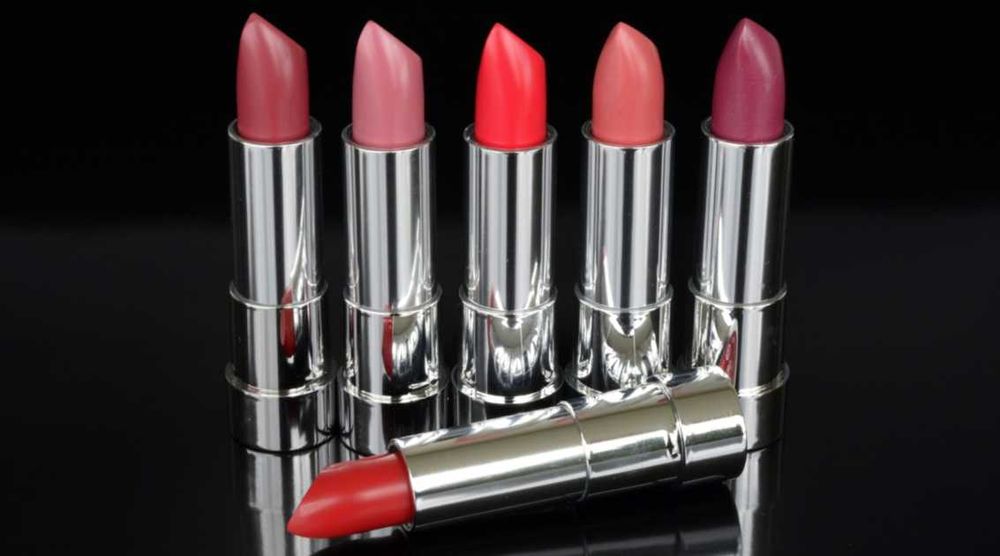
How many kinds of lipsticks are out there nowadays? Too many to count! This era is a paradise for lipsticks. Classic formulas that never seem to go out of style include mattes, satin creams, and high glosses. Hollywood socialites and Instagram celebrities have championed the use of highly pigmented, long-lasting liquid lipsticks. You can enhance your pout with unusual formulas like glosses, stains, and balms, save time with a two-tone lipstick that includes a built in liner, and protect your skin with SPF infused formulas. For a fun — although probably short-lived — trend, try the color changing lipsticks that look clear or green but turn pink, or a transforming lip powder that becomes a creamy lipstick when it touches the skin.
Victorian Era
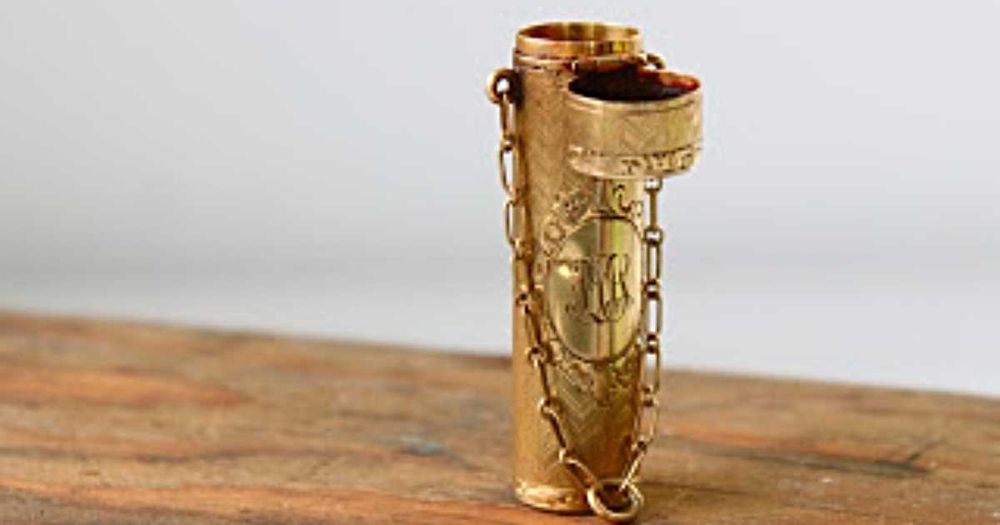
The repressed Victorian society of the late 1800s held many secrets. One of the most controversial at the time was makeup. Polite society condemned the wearing of cosmetics, but many women loved to brighten their look with a little beauty enhancement. The solution? Back-alley shops with hidden entrances where customers could slink in and buy lipstick without being judged by their nosy neighbors. Also popular were rouges and blocks of dark paste used as mascara, but thankfully the white, lead-based foundations of the past were out of style.
Lipstick Laws
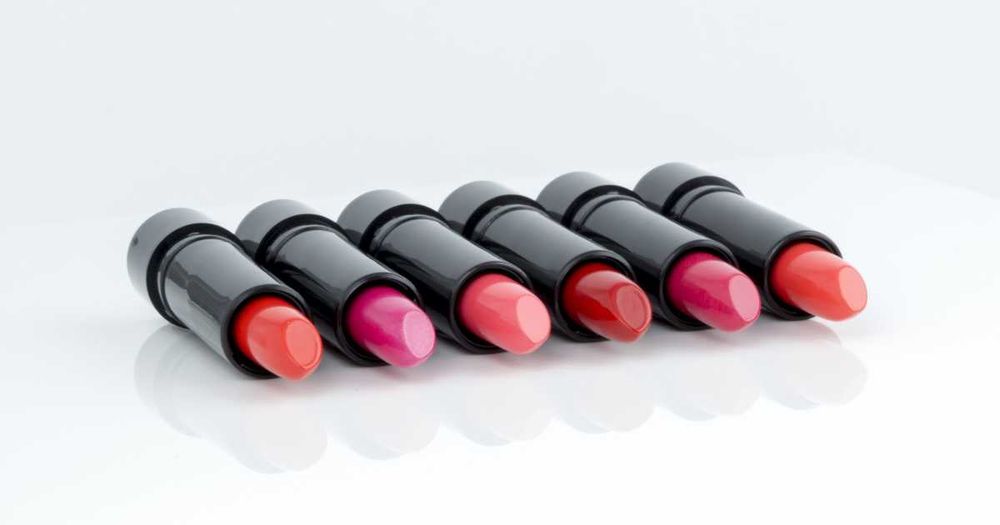
Lipstick has been always been a polarizing issue, and sometimes the law intervenes. In ancient Greek times, respectable ladies never wore lipstick. Who would? Prostitutes. At one point, it was written into the law that they had to color their mouths to indicate their profession and social status. Conversely, women in many ancient Asian cultures, like China or Japan, were not allowed to leave their homes without a heavy layer of makeup on. Those images we see of women with heavily painted white faces were likely the only way one saw a woman in public at all in those days.
Still Polarizing

Moving on to the modern era, people still have strict expectations regarding lipstick. Chinese government employees and some office workers are forbidden from wearing lipstick and excessive makeup. Supposedly, a bare face projects the image that they are serious and work-focused. Meanwhile, in America, some airlines require flight attendants to wear lipstick as part of their official work attire.
You Can't Keep Lipstick Down
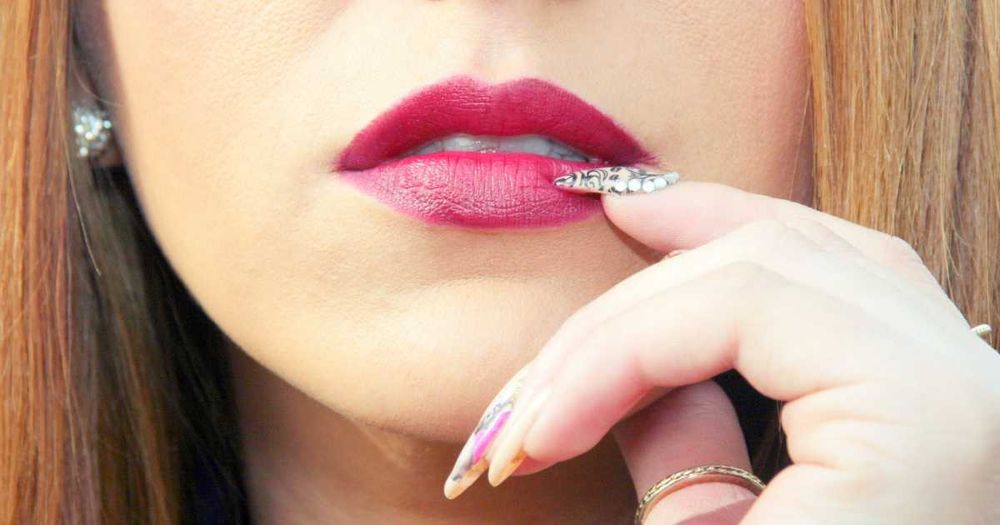
If Prohibition taught us anything, it’s that outlawing something doesn’t usually get rid of it; it just forces it underground. Ancient societies in which lipstick was frowned upon or outlawed — usually because of its association with sex — found clever solutions to redden lips. Victorian women in America would carry around lemons to suck on to redden their lips, and formed “underground lipstick societies” to try and find other solutions. In ancient Rome, those who could not afford lipstick would use red wine to stain their lips.
Silent Film Lipstick
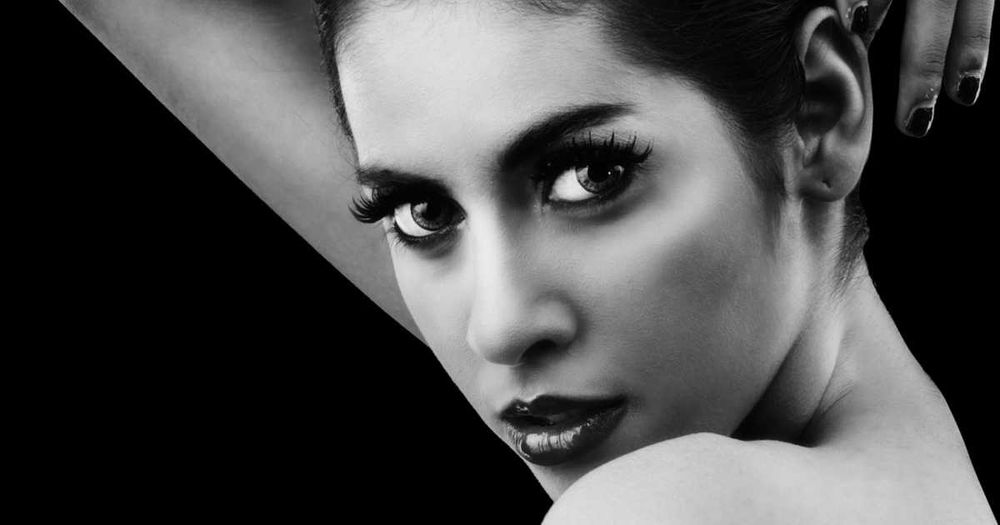
Did you ever hear about the black lipstick craze during the 1920s? While this dark shade did have a small but loyal following, red was actually the most popular color. So how did this myth come about? It was because of the rise of films as popular entertainment in that era. Early movies were in black and white, which would turn the actresses’ brilliant scarlet mouths into the deep blacks seen on screen. Clara Bow, the famous silent film star, was always seen on pictures with a dramatic dark lip, among other odd beauty trends of the day (like shaved and painted brows and smudged dark eye makeup).
Modern Color Crazes
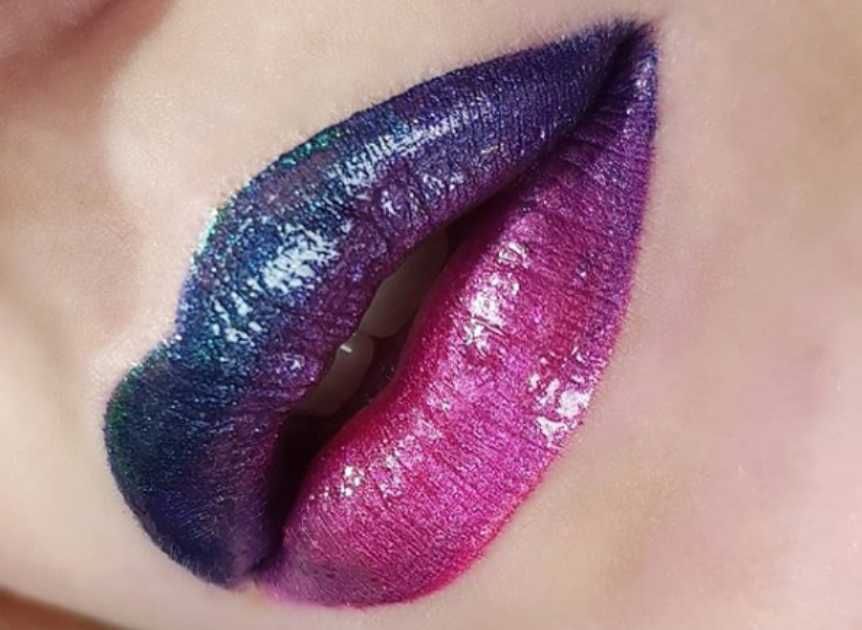
Modern history is littered with real-life color crazes. Often, these start with one celebrity who rejects the safe, sensible pinks and embraces a bolder color. Spurred by popular demand, makeup companies started producing their own takes on these shades. For instance, the English songwriter and punk superstar Siouxsie Sioux popularized an immaculate black lip that resembled warpaint. Drew Barrymore started an era of smudged, dark cranberry lips during her grunge phase. On the lighter side of things, white lipstick was a brief, hot-burning trend in the 60s thanks to icons like the Shirelles. What about the no-lipstick look? Supermodel Twiggy used pale nude lipstick to draw attention to her mesmerizing blue eyes, and a generation followed her example.
Men Sporting Lipstick
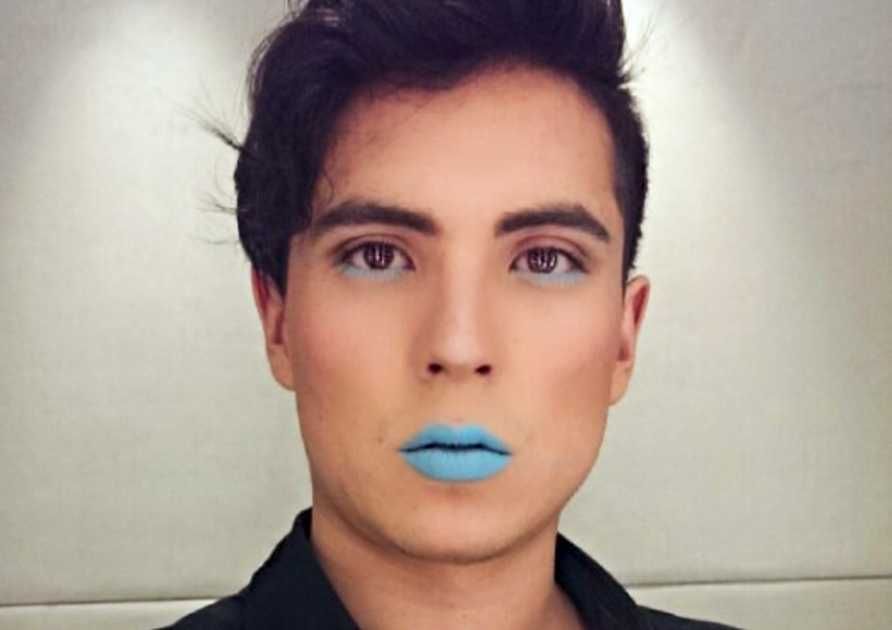
Lipstick trends come and go. This cosmetic is traditionally for women, but in some eras, men have reached for the pot of dye as well. It was popular in the ancient Roman court as a mark of high social class. That trend also took off in the French court in the 1700s, with many portraits painted at that time showing men wearing expensive, carefully formulated lipstick. The movie era brought this back in style as many male actors would wear subtle makeup to make their faces clearer on the low-fidelity film of that time.
Modern Men Using Lipstick
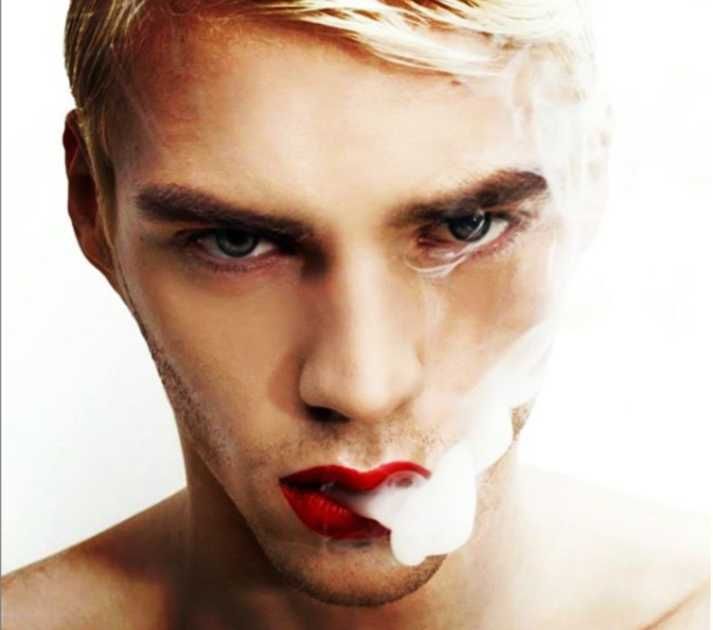
In the last few decades, men have been experimenting with bolder makeup looks. It began during the counterculture of the 70s, when superstars like David Bowie and Mick Jagger would wear traditionally women’s-only items like lipstick and heels on stage. It spread through pop culture with icons like Doctor Frank N. Furter in the Rocky Horror Picture Show. In the new century, there has been a resurgence in men wearing lipstick among the online beauty guru circles. You may have heard of people like YouTube’s Jeffree Star, who owns his own highly successful cosmetics line that includes many lip products. Covergirl Cosmetics also hired James Charles to be their first male spokesperson and brand ambassador.
Lipstick Effect

Have you ever reached for your favorite lipstick when you’re having a bad day? You aren’t alone. There’s a well-documented phenomena called the Lipstick Effect that suggests in difficult times, customers will splurge on cheaper luxury items. This can range from rainy days to painful breakups to national crises like an economic depression. Cosmetics companies capitalize on that by putting out a rainbow of inexpensive lip products to draw in customers. However, it isn’t a one-sided relationship. Buyers get a genuine boost in mood when they’re wearing a cheerful color.
Luxury Lipstick
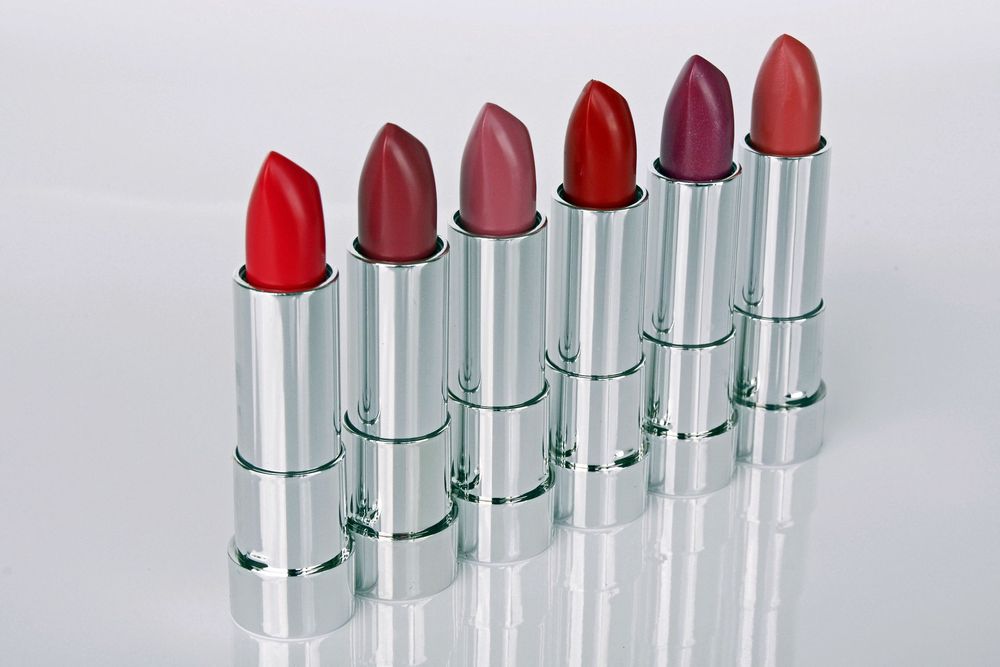
As the economy has started to rebound, there has been a rise in luxury lipsticks at eyebrow-raising prices. Some of these are produced by famous brands such as Tom Ford, Dior, and Givenchy. Other times, you’re paying for packaging. There are diamond-studded gold lipstick tubes, some of which are refillable. If you have an extra $62,000 lying around, you can buy Guerlain’s KissKiss Gold lipstick, which features 199 diamonds embedded in the 18k gold case. Finally, you can splurge on formulas that include fancy anti-aging ingredients to improve the appearance of your lips. The Sisley Hydrating Lip Rouge features a proprietary blend of anti-aging compounds and retails for a mere $62 per tube. That’s 0.1 percent of the Guerlain’s price. What a deal!
Quick Links
